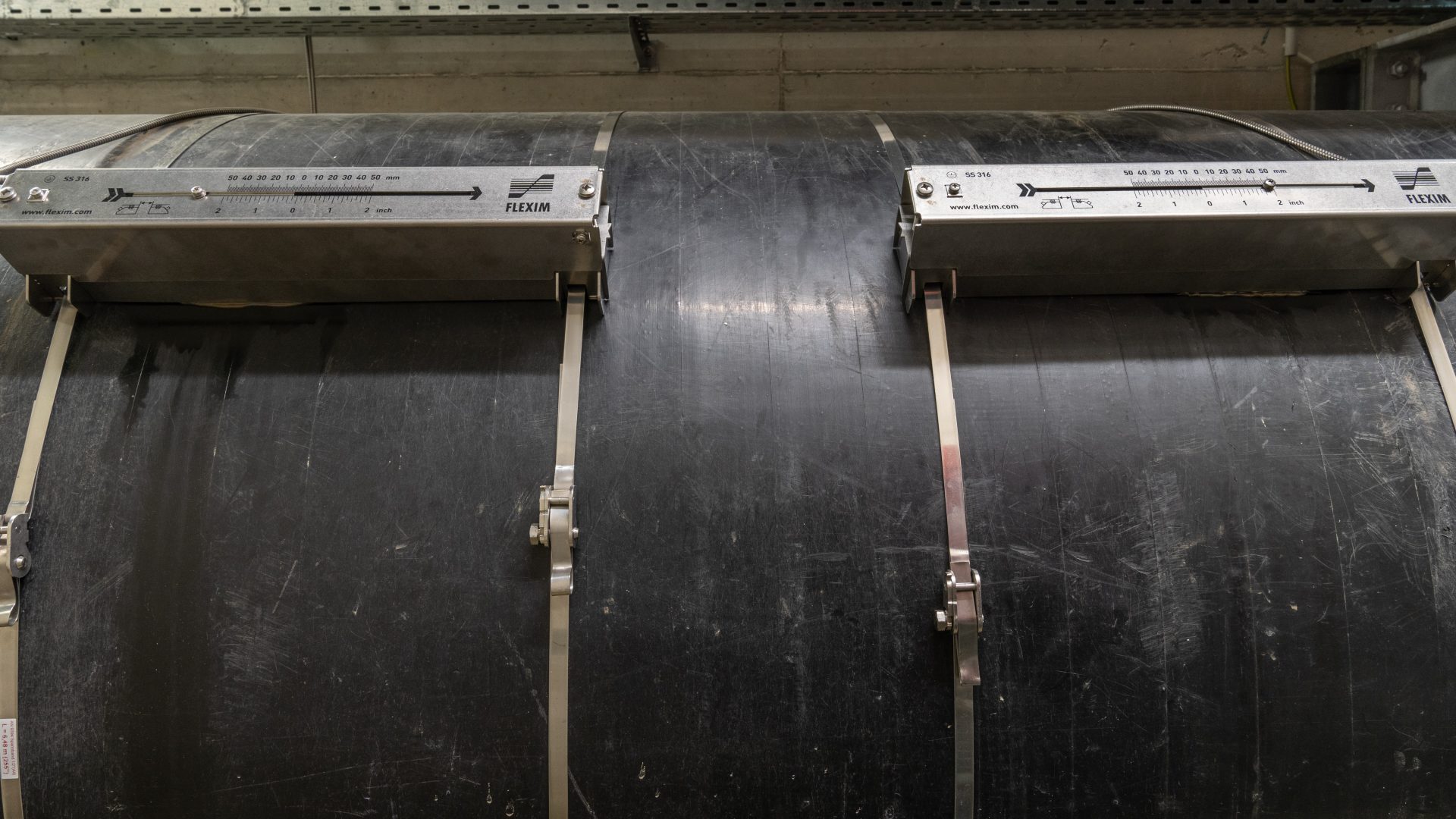With an increased focus on the use of technology in the water sector, non-invasive clamp-on flowmeters are proving to be an innovative and cost-effective way to measure flow and reduce leakage.
It’s becoming clear that better use of data is needed to drive improvements through efficiency and innovation, and ultrasonic metering allows the precise real-time data required to deliver effective water management without service disruption.
Safely and robustly secured to the outside of the pipe, clamp-on flowmeters work by sending two ultrasonic pulses through the medium – one in the direction of flow and a second one against it, with the transducers working as an emitter and a receiver alternately. The transit-time of the ultrasonic signal propagating in the direction of flow is shorter than the transit-time of the signal propagating against the flow, with the time difference precisely proportional to the flow rate.
Working under even the most challenging conditions and finely tuned to low flow velocities, ultrasonic flowmeters offer an incredibly accurate and versatile measurement solution for the water industry.
Flow measurement at a dam.
Supplying the city of Wuppertal in north western Germany with drinking water, the Kerspe dam has a capacity of 14.9 million m³. It is essential that all water quantities withdrawn from the dam are measured, so when the measuring transmitter of one of the previously installed magmeters failed, the operators needed a quick and simple flow measurement alternative, as replacement parts for the decades-old device were no longer available.
Replacing the old magmeter was out of the question, as the cost would simply be too high, along with the downtime needed to carry out the enormous amount of work involved in such a procedure just not being an option. Having had previous experience of the benefits of clamp-on flowmeters, the system technicians tasked FLEXIM with installing a non-invasive solution.
Accurate measurement without disruption.
A key advantage of non-invasive technology is that it can be rigorously checked for its suitability without affecting the system’s operation. Apart from the valves and the two magmeters, the bottom outlets of the Kerspe Dam consisted of a plastic-coated steel pipe, so plant technicians needed to be assured that clamp-on ultrasonic metering would work through the plastic coating, as well as needing to check measurement accuracy. Following a successful test measurement with a portable flowmeter, dam technicians made the decision to equip both bottom outlets with identical clamp-on ultrasonic measuring systems. The old magmeters were taken out of operation, but there was no need to invest time and money in their permanent removal, and the operators now have complete system availability at all times.



